Rx Club Awards: Human Interest
Pharmaceutical Executive
With ads on topics ranging from addiction to disease states, this year's Rx Club Award winners connect creativity with emotion
Twenty-one years in, the Rx Club Awards have become the de facto gauge by which pharmaceutical advertising creative is rated. The focus of the awards is on innovation and imagination—not return on investment.


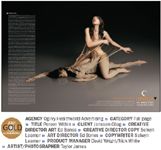
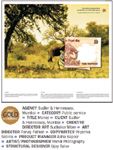
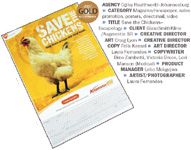

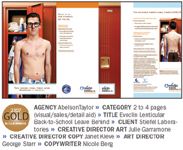
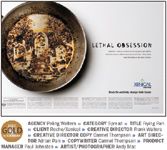
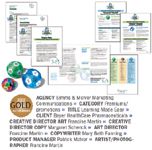


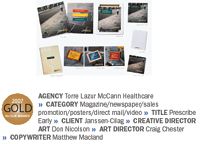
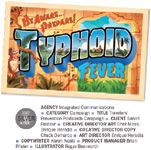
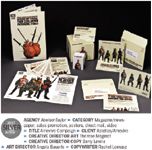

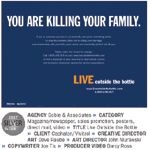

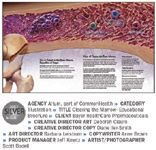

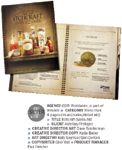





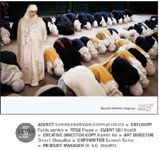


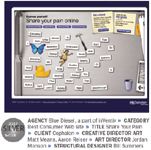
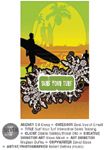

Many of this year's winners can take pride in the fact that their work not only caught the judges' attention, but also helped further healthcare awareness. They created campaigns that build knowledge of a disease state and to drive patients to get the help they need. This direct-to-patient marketing tactic (and sometimes direct to patient via the physician) further blurs the line between physician and consumer advertising.
"I think there are plenty of multifaceted, integrated campaigns, but there is also a lot of patient education that goes on day in and day out," explains Patrick McIvor, president of healthcare communication firm Simms & McIvor. The company won a gold award for its work on a Bayer campaign that was used as an educational tool at a camp for children with diabetes. The unique twist was the use of thumb balls—small, soccer ball–shaped balls with letters and words on each side—which kids could use to converse about diabetes and other subjects. Each thumb ball was branded with Bayer's logo.
"The best communication and the best advertising come from understanding the beliefs that are driving behaviors out in the marketplace," says David Sonderman, group creative director, senior VP at ad agency GSW. "When you can understand what the drivers are, you can find better creative solutions to get at them."
GSW won silver for Itchcraft, a four-page sales aid that describes the extraordinary lengths to which eczema sufferers will go to deal with their itchy symptoms. Some stories are charming, but others are disturbing.
"We found a basic human truth in the stories, and that is translating into some of today's advertising," Sonderman says.
Altum's silver-award-winning ad features an illustration of a hip over a background of bone marrow teeming with leukemic cells. The pamphlet was used by reps to educate oncologists and hematologists of the value of clearing the bone marrow entirely of leukemic cells. The biggest challenge was trying to change doctors' mind-set in terms of how to treat this particular form of leukemia.
"Most people know someone who has had cancer, so there is that emotional barrier that you have to overcome," says Diane Iler-Smith, executive vice president, chief creative officer at Altum, a branch of CommonHealth. "You are talking about survival gains of only two or three months—it's just such an emotionally sensitive area. I think once you overcome that, there is so much more stimuli to be creative."
Other agencies decided to tackle sensitivity head on. For its silver-winning campaign for Cephalon's Vivatrol, Gobel & Associates relied on guerrilla marketing, with targeted billboards and radio spots. The company ran commercials on Howard Stern's show, but it also created a public spectacle: It placed a custom-made bottle in a crowed location and had a person stand inside the bottle with a sign displaying the campaigns' Web site.
"It's not about thinking different for the sake of thinking different. It's about what is going to make the maximum impact," says Dave Raube, creative director, Goble & Associates. "The audience is so overwhelmed with messages, our challenge is to break out and do something different—but at the same time, do something with a memorable impact."
To drive awareness to renal toxicity issues that exist with HIV drugs, Palio Communications created an unbranded print campaign for GSK of a woman sitting on a bench featuring a picture of two kidneys where her own organs would be and a headline that reads: "She knows she has HIV. She doesn't know her HIV puts her at risk for kidney disease."
The grassroots campaign struck a nerve with patients and the judges who gave the campaign a silver award. Part of the campaign's effectiveness is its avoidance of flashy new media.
"As technology leaps forward, there is a rush to technology when it's not the best solution," says Guy Mastrion, chief global creative officer for Palio. "The best solution is to have a really strong, simple idea. The bells and whistles shouldn't get in the way of the idea."
But technology isn't all bad. GH Group won a silver award for a simple, fun game created to motivate and inspire Daiichi Sankyo's sales reps.
"I see more content being developed on devices," says Steve Miceli, creative director, interactive at GH Group. "The ultimate advertising vehicles—TV and radio—are now being used to drive people to the Web, and rich media solutions are growing as the number of people with high-speed Internet has expanded."

"The Internet is another channel through which we can communicate, and Web-based programs need to be thought of as part of the mix—not the answer," GSW's Sonderman says. "A Web site is a place where you can engage people at a deeper level; however, you can't just put a Web site up and expect people to come visit it."
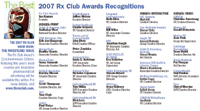
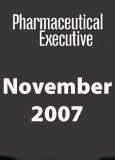
The Misinformation Maze: Navigating Public Health in the Digital Age
March 11th 2025Jennifer Butler, chief commercial officer of Pleio, discusses misinformation's threat to public health, where patients are turning for trustworthy health information, the industry's pivot to peer-to-patient strategies to educate patients, and more.
Navigating Distrust: Pharma in the Age of Social Media
February 18th 2025Ian Baer, Founder and CEO of Sooth, discusses how the growing distrust in social media will impact industry marketing strategies and the relationships between pharmaceutical companies and the patients they aim to serve. He also explains dark social, how to combat misinformation, closing the trust gap, and more.